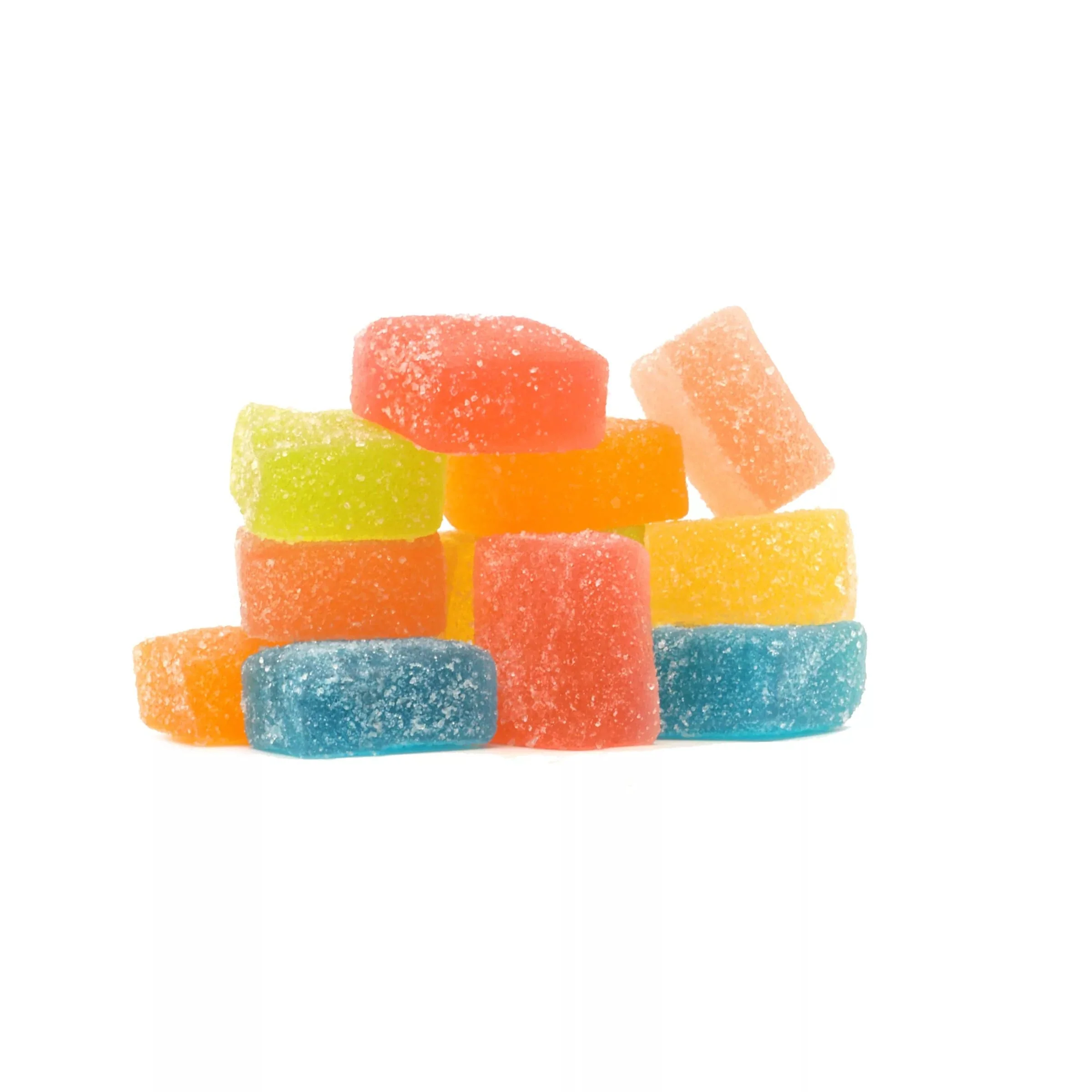All platelet-rich plasma (“PRP”) is not the same. Different PRP separation procedures are better for distinct types of injuries. When it comes to PRP, researchers have concluded that “more isn’t necessarily better.” Furthermore, the concentration of platelets varies greatly from person to person. To make the greatest PRP for your unique case, you must choose a medical practitioner, who has the most effective equipment and years of experience.
For example, Plasmolifting World sells high-quality PRP tubes. Their website sells PRP tubes for the synthesis of platelet-rich plasma, among other things. This is their main product, which has already been utilized by thousands of clinicians around the world for a variety of medicinal objectives.
Factors Responsible for Creating Different Types of PRP
Blood Characteristics in Patient
The makeup of a patient’s blood can vary (for example, the number of platelets).
Platelet Concentration
PRP contains 2.5 to 9 times more of the number of platelets found in regular blood. This platelet concentration is determined by the person’s blood, the amount of blood obtained, the centrifuge method (e.g., rotation speed and duration), and several clinical preparation methods, like good quality PRP tubes and the type of machine used.
While it may appear reasonable that plasma with the highest possible platelet concentration can heal better than plasma with a lower platelet concentration, this is not the case. If the plasma concentration is simply too high, cell development will be inhibited.
White Blood Cell Count
White blood cells are necessary for a healthy system, but their role in PRP medical treatment is unknown. There are a few possibilities that researchers have come up with:
- The ability of a tissue to heal is inhibited by white blood cells.
- White blood cells have no harmful consequences and may even be beneficial.
- tendons may benefit from white blood cells, but not joints.
The concentration of white blood cells, like that of platelets, is determined by an individual’s blood sample as well as clinical preparation procedures.
Additives
Certain substances may also be added to the PRP. Calcium chloride and thrombin two additions, stimulate platelets artificially. Platelet clotting and platelet growth factor release are triggered because of this activation. Some researchers believe the additives improve the regeneration qualities of PRP. Collagen found in thrombin and tendons released from bleeding caused by the needle injection could activate platelet without the usage of additives.
To put it another way, not all PRP treatments are created equal. There are liquid and gel forms at the most basic level. A platelet-rich fibrin matrix is used for rotator cuff repair and ACL reconstruction. Some treatments use white or red blood cells in more complicated ways. Others use calcium chloride or thrombin as a supplement. The reason for this is that while discussing the outcomes of PRP treatment, we need to ensure that we are comparing similar procedures.
We should discuss PRP treatments of the same nature. When one PRP procedure fails, it does not imply that all PRP procedures will fail. People who have tried all other options and want to avoid surgery should consider PRP therapy.






